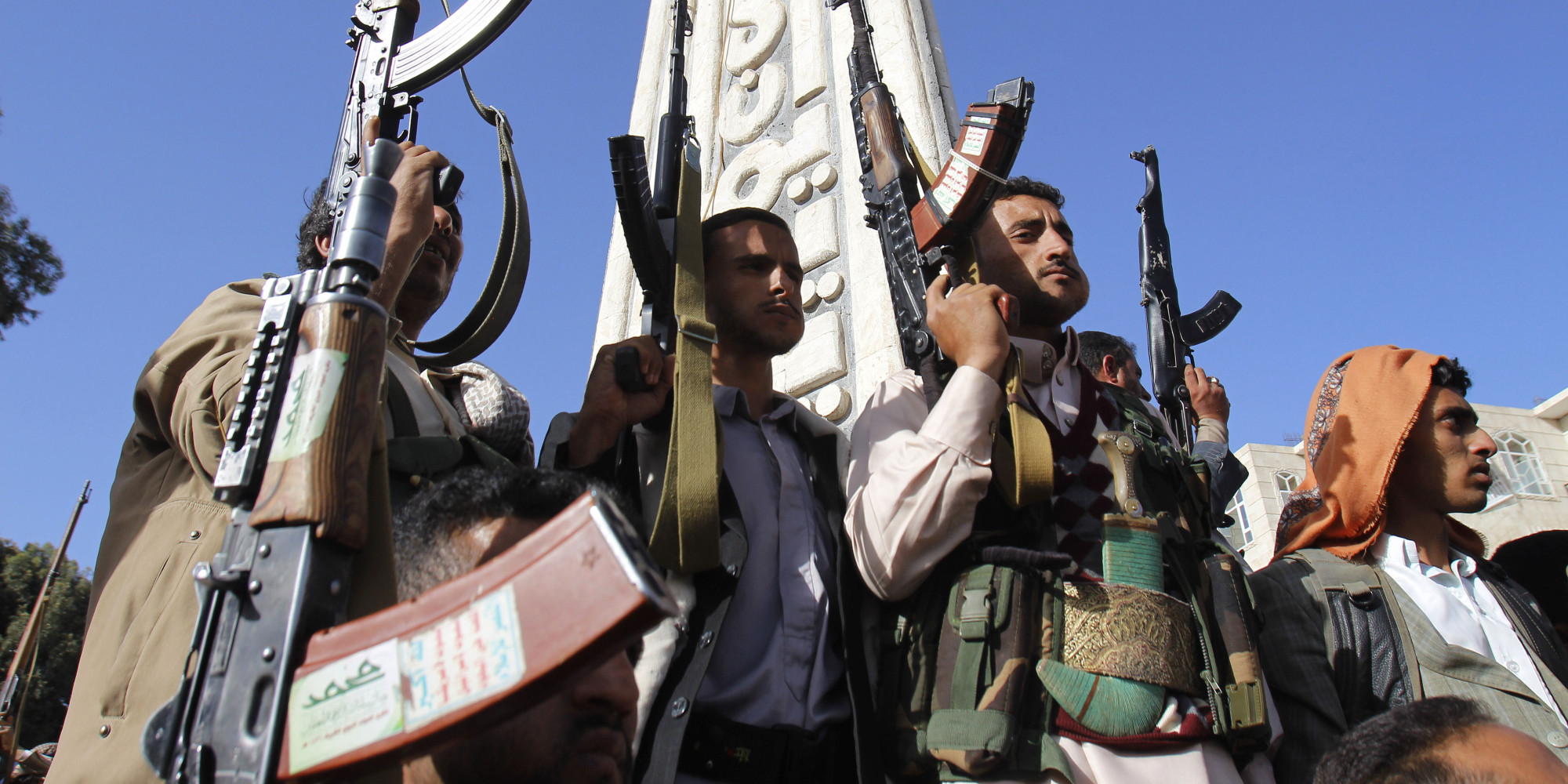A military coalition battling Houthi forces secured secret deals with Al-Qaeda in Yemen and recruited hundreds of the group’s fighters, a news report said on Monday.
For more than two years, a Saudi-led alliance—backed by US logistical and weapons support—claimed it crushed Al-Qaeda’s ability to carry out attacks from Yemen. However, an investigation by the Associated Press found the coalition has been paying some Al-Qaeda commanders to leave key cities and towns while letting others retreat with weapons, equipment and wads of looted cash, Al Jazeera reported.
Hundreds of Al-Qaeda members were recruited to join the coalition as soldiers, the report said. Key figures in the deal-making said the United States was aware of the arrangements and held off on drone attacks against the armed group, which was created by Osama bin Laden in 1988.
The deals uncovered by the AP investigation reflect the contradictory interests of the two wars being waged simultaneously in the southwestern corner of the Arabian Peninsula.
In one conflict, the US is working with its Arab allies—particularly the UAE—with the purported aim of eliminating Al-Qaeda in the Arabian Peninsula (AQAP). But the larger mission is to win the civil war against the Houthi forces. And in that fight, Al-Qaeda fighters are effectively on the same side as the Saudi-led coalition and, by extension, the US.
“Elements of the US military are clearly aware that much of what the US is doing in Yemen is aiding AQAP and there is much angst about that,” said Michael Horton, a fellow at the Jamestown Foundation.
Horton says that however, supporting the UAE and Saudi Arabia takes priority over battling AQAP and even stabilizing Yemen.
Farcical War
Coalition-backed fighters actively recruit Al-Qaeda fighters—or those who were recently members—because they are considered exceptional on the battlefield, according to on-the-ground interviews.
Horton said much of the war on Al-Qaeda by the UAE and its allied fighters is “a farce… It is now almost impossible to untangle who is AQAP and who is not since so many deals and alliances have been made,” he said.
The Pentagon recently vigorously denied any complicity with Al-Qaeda fighters. “Since the beginning of 2017, we have conducted more than 140 strikes to remove key AQAP leaders and disrupt its ability to use ungoverned spaces to recruit, train and plan operations against the US and our partners across the region,” Navy Commander Sean Robertson, a Pentagon spokesman, wrote in an email.
A senior Saudi official said the Saudi-led coalition “continues its commitment to combat extremism and terrorism.” A UAE government spokesperson did not respond to questions.
New Recruits
Concerned by the rise of the Houthi forces, Saudi Arabia, the United Arab Emirates, and a coalition of Arab states launched a military offensive in 2015 in the form of a massive air campaign aimed at re-installing the ousted government of Abd-Rabbu Mansour Hadi.
Al-Qaeda is leveraging the chaos to its advantage. “The US is certainly in a bind in Yemen,” said Katherine Zimmerman, a research fellow at the American Enterprise Institute.
“It doesn’t make sense that the United States has identified Al-Qaeda as a threat, but that we have common interests inside of Yemen and that, in some places, it looks like we’re looking the other way.”
Within this complicated conflict, Al-Qaeda says its numbers—which US officials have estimated at 6,000 to 8,000 members—are rising.
In February, Emirati troops and their allied Yemeni fighter declared the recapture of al-Said, a district of villages running through the mountainous province of Shabwa—an area Al-Qaeda had largely dominated for nearly three years.
It was painted as a crowning victory in a months-long offensive known as Operation Swift Sword. But weeks before those forces’ entry, a string of pick-up trucks mounted with machine guns and loaded with masked Al-Qaeda fighters drove out of al-Said unmolested, according to a tribal mediator involved in the deal for their withdrawal.
Under the terms of the agreement, the coalition promised Al-Qaeda members it would pay them up to 100,000 Saudi riyals ($26,000) to leave, according to Awad al-Dahboul, the province’s security chief. His account was confirmed by the mediator and two Yemeni government officials.
Under the accord, thousands of local tribal fighters were to be enlisted in the UAE-funded Shabwa Elite Force militia. For every 1,000 fighters, 50 to 70 would be Al-Qaeda members, the mediator and two officials said.


